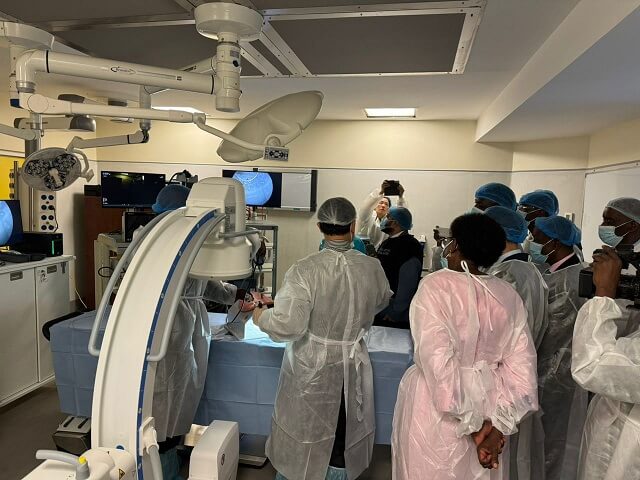The health landscape of Uganda has undergone significant transformation since 1962, when it got independent from British colonial rule.
Historically, Uganda was overwhelmed by high birth mortality rates and the killer diseases, but the healthcare system has massively evolved with varying degrees of success.
It’s on record that the pre-independent healthcare system in Uganda primarily served the interests of the colonialists, with limited focus on its people.
Access to healthcare was restricted, leading to high birth mortality rates, which were exacerbated by a lack of prenatal care, unskilled birth attendance, and inadequate maternal health services.
The reports reveal that in the mid-20th century, Uganda grappled with diseases such as malaria, sleeping sickness, polio, tuberculosis, leprosy, tetanus, diphtheria, whooping cough, measles, and many others, which contributed to high morbidity and mortality rates, especially among children.
In 1986, Uganda recorded a new mindset on how to revitalize the then-broken healthcare system, and in 1987, the NRM government of President Yoweri Kaguta Museveni introduced the immunization program to prevent the six killer diseases in children.
The average immunization coverage at that time was 34%. Today, over 90% of Ugandan children are vaccinated, not only against the six-killer disease but 13 diseases, a move that has tremendously reduced the infant mortality rate.
It is not surprising that to date, of every 1,000 children born alive, 957 will reach 1 year (only 43 may die), and at least 944 will reach five years of age (only 56 die).
These figures show a big reduction in mortality rates from 1988, where of every 1,000 babies born alive, only 902 would reach one year (98 would die), and only 823 would reach five years of age (177 would die).
The government also embarked on healthcare infrastructural growth from the year 2000, which was expanded to every administrative level through HCIVs, HCIIIs, and HCIIs, and the involvement of the citizens through local councils, village health teams, and health unit management committees, with the population living within a 5km radius of a health facility increasing to 86 percent in the recent years.
The health infrastructure network has improved in the country and currently consists of 2 national referral hospitals and 19 regional referral hospitals.
The first years after independence were marked by political instability and economic difficulties, impacting health infrastructure and services.
Nevertheless, efforts to improve maternal and child health led to the establishment of community health programs aimed at reducing birth mortality rates, which were alarmingly high at approximately 800 per 100,000 live births in the early 1980s.
The government prioritized primary healthcare, maternal and child health, and disease control with specialized medical care in cardiology and gynecology. A modern, state-of-the-art women’s hospital with a capacity of 320 beds was opened in Mulago in 2018.
The establishment of the Safe Motherhood Program aimed to provide better prenatal and postnatal care, which was critical in reducing maternal mortality, like “Mama Kits,” which contain the basic supplies needed during labor and delivery, such as cotton gauze, sutures, razorblades, latex gloves, and a rubber birthing sheet.
According to recent statistics from the Uganda Bureau of Statistics (UBOS), the maternal mortality rate has significantly decreased to approximately 345 per 100,000 live births as of 2020.
This is a testament to the increased availability of skilled birth attendants, improved healthcare facilities, and antenatal care services.
As preparations for the national celebrations of Uganda’s 62nd independence anniversary are in high gear in Busia District, under the theme, “A Recommitment to Secure and Fortify Our Destiny, these reflect the achievements by NRM to improve health and build the health system since Uganda gained its independence in 1962.
